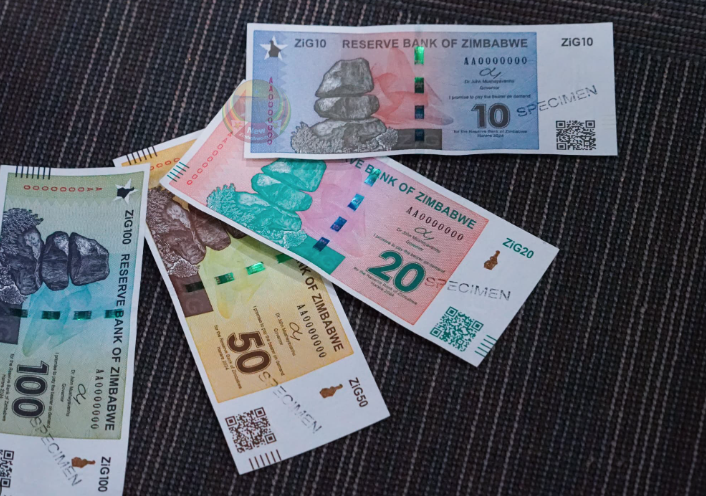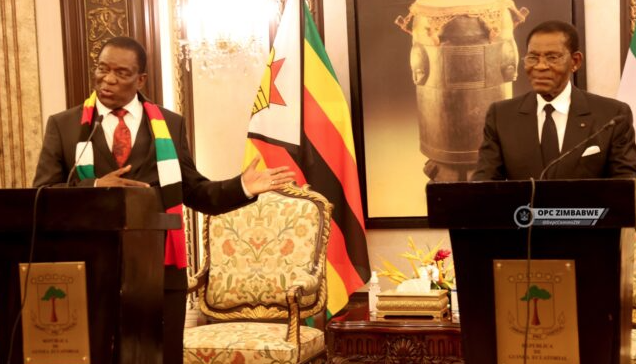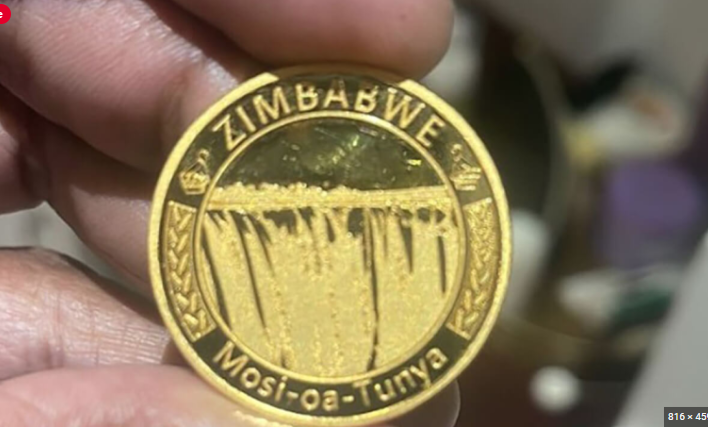Introducing the Zig: Zimbabwe’s New Currency Making Waves
In a significant monetary development, Zimbabwe has introduced a new currency called the Zig, poised to redefine the nation’s economic landscape. The Zig, which replaces the previous currency regime, has generated widespread interest and speculation among economists and citizens alike. Let’s delve into how this new currency is performing and its potential implications.
Details of the Zig: The Zig, unveiled by the Reserve Bank of Zimbabwe, comes at a critical juncture for the country, aiming to stabilize its financial system and stimulate economic growth. This currency reform is a part of broader efforts to address hyperinflation and restore confidence in the domestic economy. The Zig is being cautiously welcomed by Zimbabweans, many of whom have endured years of economic turbulence.
Performance and Initial Reactions: Early indicators suggest a mixed reception to the Zig. While its introduction has initially stabilized some price fluctuations, there are lingering concerns about the currency’s long-term viability. The exchange rate of the Zig against major international currencies is being closely monitored, with fluctuating values sparking debates about its sustainability.
Economic Impact and Market Response: Market reactions to the Zig have been varied. Some sectors are cautiously optimistic, viewing the new currency as a step towards economic recovery. Others remain skeptical, citing past currency woes and the need for comprehensive structural reforms beyond mere monetary adjustments.
Expert Opinions: Economists and financial analysts have weighed in on the Zig’s performance. Dr. Tendai Musasa, an economist at Harare University, believes that while the Zig is a positive step, broader economic reforms are imperative to achieve lasting stability. Conversely, Dr. Sipho Ndlovu of the Zimbabwe Economic Research Institute expresses reservations, cautioning that sustained growth requires fundamental changes in fiscal policy.
Public Sentiment and Consumer Confidence: Among citizens, sentiments are cautiously optimistic. Many are hopeful that the Zig will alleviate cash shortages and reignite economic activities. However, lingering memories of previous currency debacles have left some wary. Consumer confidence is seen as a crucial factor in determining the Zig’s success.
Government Response and Future Outlook: Government officials have touted the Zig as a pivotal tool in revitalizing Zimbabwe’s economy. President Chipo Moyo, in a recent address, underscored the government’s commitment to fiscal discipline and transparent economic policies to support the Zig. The future outlook remains uncertain but hinges on sustained policy measures and international support.
Conclusion: The introduction of the Zig marks a significant chapter in Zimbabwe’s economic journey. As the currency navigates its early stages, stakeholders are closely monitoring its performance, mindful of the challenges that lie ahead. The Zig’s success hinges not only on monetary policy but on comprehensive reforms that address broader economic concerns. For now, Zimbabweans are cautiously optimistic, hopeful that the Zig will pave the way towards a more stable and prosperous future.





Add comment